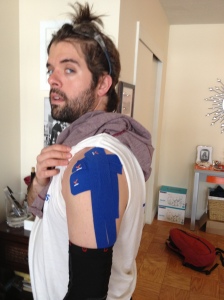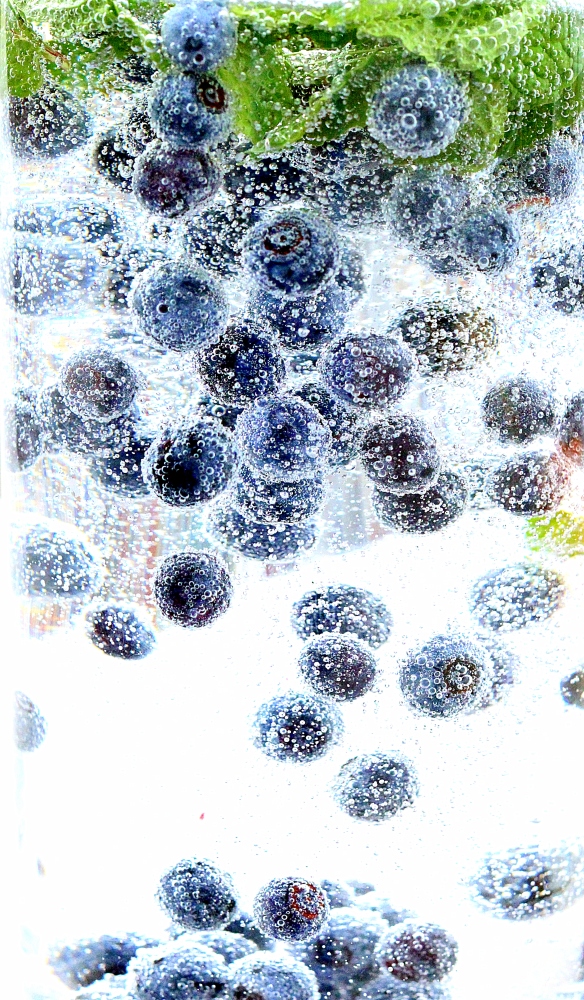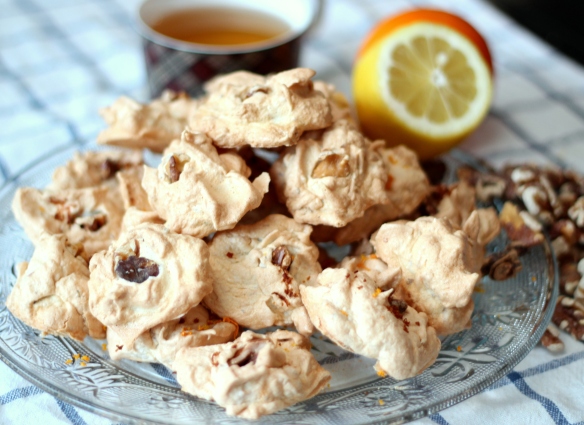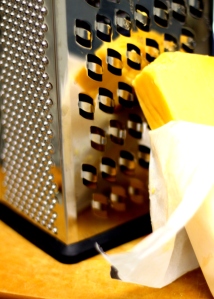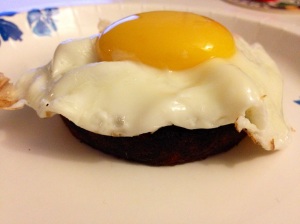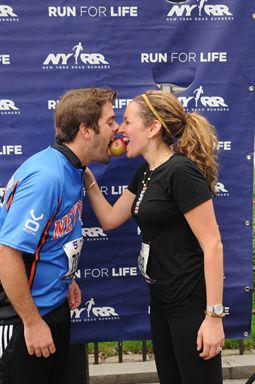A few weeks have now passed since making my defiant declaration – that it was officially time to get off my rear end and start gearing up for this triathlon business. And in these few weeks, all of the old spots that have been giving me trouble over the years – shoulders, low back, glutes, knees, and ankles – have been reminding me that I can’t just wake up one day and swim for an hour, run 6 miles, or bike another 25 just because the moment strikes. This only leads me to one conclusion – and I’m sure the rest of you TeamZ-er’s can attest – that if you don’t use it, you lose it. Jimmy Connors once said that, and he played professional tennis, beating men half his age, until his retirement at age 42. A true hero to all lefties like me.
In the context of triathlon training though, I should amend this notion by saying, use it efficiently and properly, or lose it … or less dramatically, experience some painful joints after a workout. Case in point: After our first group Saturday swim workout at the Asphalt Green Aqua Center – a sweet perk which comes with being linked to the triathlon through our Alzheimer’s Association charity group – my left shoulder was feeling like a container of Jell-o that had an arm attached to it. Mind you, I was able to hang tough for the first half of the class, but once we started practicing our overhead stroke technique, pain started to set in with nearly every sweep underneath the water. The post-swim sauna and/or steam in another 90 minutes couldn’t come sooner!
But what do pain and discomfort have to do with efficiency or proper mobility? An important lesson I’ve taken from my chiropractic education is that when certain muscles – be they stabilizers, prime movers, or antagonists – fail to do their job properly, other muscles can spring into action to help compensate for the others’ lack of activity while performing the necessary function of the joint, or joints in question.
Knowing my own shoulder and past injury history – or lack thereof – this wasn’t an internal joint derangement or degeneration process causing my pain. I had full and painless range of motion, both passive and active, in all major directions. However, pain was felt upon resisted range of motion, which is indicative of something happening at the muscular-tendon junction. With me, I was feeling pain at the along the rounded side and front edges of the shoulder – basically where the rotator cuff muscles attach. While these muscles act to perform abduction, internal rotation, and external rotation of the shoulder, their chief concern is enforcing stability by keeping the head of the humerus (arm bone) centered within the shoulder socket, also known as the glenoid cavity. Tight pectoral muscles, which is what I have, can cause the shoulder and scapula (the shoulder blade) to roll forward during activity and rest, putting extra pressure on the rotator cuff muscles and tendons while they’re doing their job. Coupled with the tight pect’s in the front, I also have weak, or inactive scapular stabilizing rhomboid and latissimus dorsi muscles – especially on the left – which are also contributing to the cuff insertion pain.
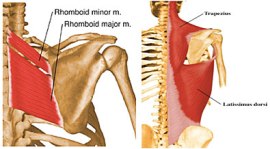
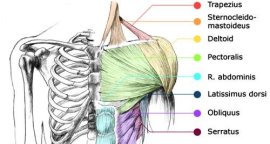
So aside from just chopping my arm off and calling it a day, what was I to do about this pain? After all, I had a softball game to play the next day and I’m the pitcher! Granted, I pitch underhand, so the mechanics are somewhat different than the overhead motions of swimming, but the principles discussed in the past few paragraphs still remain the same: I need my shoulder complex to be in the right position, with all structures acting the way they’re supposed to. Apart from the ice applied in 20 minute intervals after the swim, as well as stretching out my pect’s, I incorporated a method of rehabilitative care which has been gaining lots of traction and attention in recent years: Kinesiology Tape.
If you’re an avid Olympics watcher like me, you’ve no doubt seen the duo of Kerri Walsh/Misty May Treanor spike their way to consecutive beach volleyball gold medals while wearing this type of tape on their shoulders. Novak Djokovic won a US Open wearing kinesio tape too.
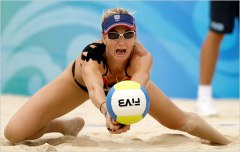

Kinesiology tape serves many functions and possesses several benefits in its application:
-sensory stimulation of muscle activity via nerve receptors on the skin
-improved fluid dynamics by gently lifting the skin off the connective tissue covering muscles
-helps to normalize muscle tone and activation for proper movement
-postural correction
-pain relief
-you look pretty bad ass in competition
Lucky for me, I had just taken a course in getting certified in the application of one tape in particular called Rock Tape, so I had the basic idea down of what to do.
DISCLAIMER: It is very hard to tape yourself 100% perfectly – as evidenced by the makeshift job you see on my shoulder above – so make sure you have a buddy nearby to tape you. It is also critical that you follow the specific directions, like with pre-positioning a joint prior to taping, or with taping from either muscular insertion to origin, or origin to insertion. The direction in which you tape could lead to muscular activation (O-I) like I needed with my rhomboids and lat’s, or muscular inhibition (I-O) like I needed with my pect’s.
END RESULT: A personal best 7 strikeouts en route to our team’s first win of the softball season.
MORE END RESULTS: Enhanced self awareness of postural incorrectness, activation of some sleepy shoulder blade muscles, loosened pect’s, and (relatively) pain-free workouts and pitching outings – both with and without tape.
Definitely check out the Rock Tape website: they’ve got loads of instructional videos, where you can buy the tape, and even where to find certified “Rock Doc’s” near your home or office. Also, if you’re a swimmer, or someone who engages in athletic activities where your shoulder is needed, you should check out this video I found on Youtube yesterday made by the good people at FINA – the international governing body of ALL that is aquatic sports. This video covers some basic core exercises – as the core is where one draws a lot of their upper extremity strength and mobility from – as well as rotator cuff and scapular stabilizing exercises that are easy to perform, yet so effective.
Check your posture. Check your range of motion. Listen to your body. Rock On!
-Matt Z – Certified “Rock Doc”

